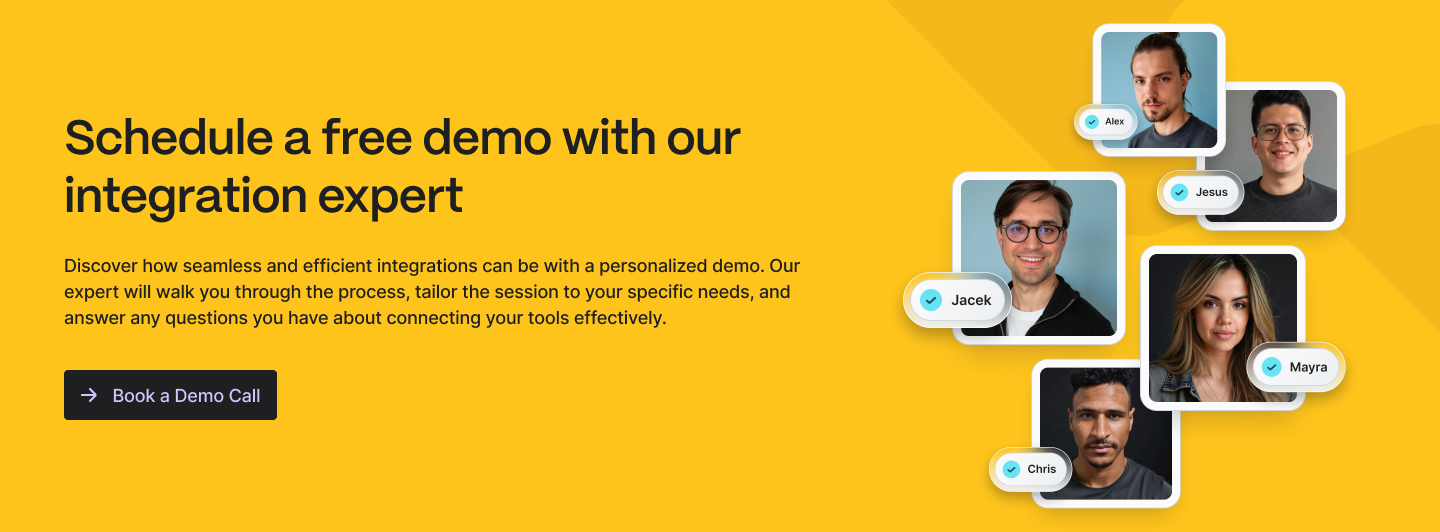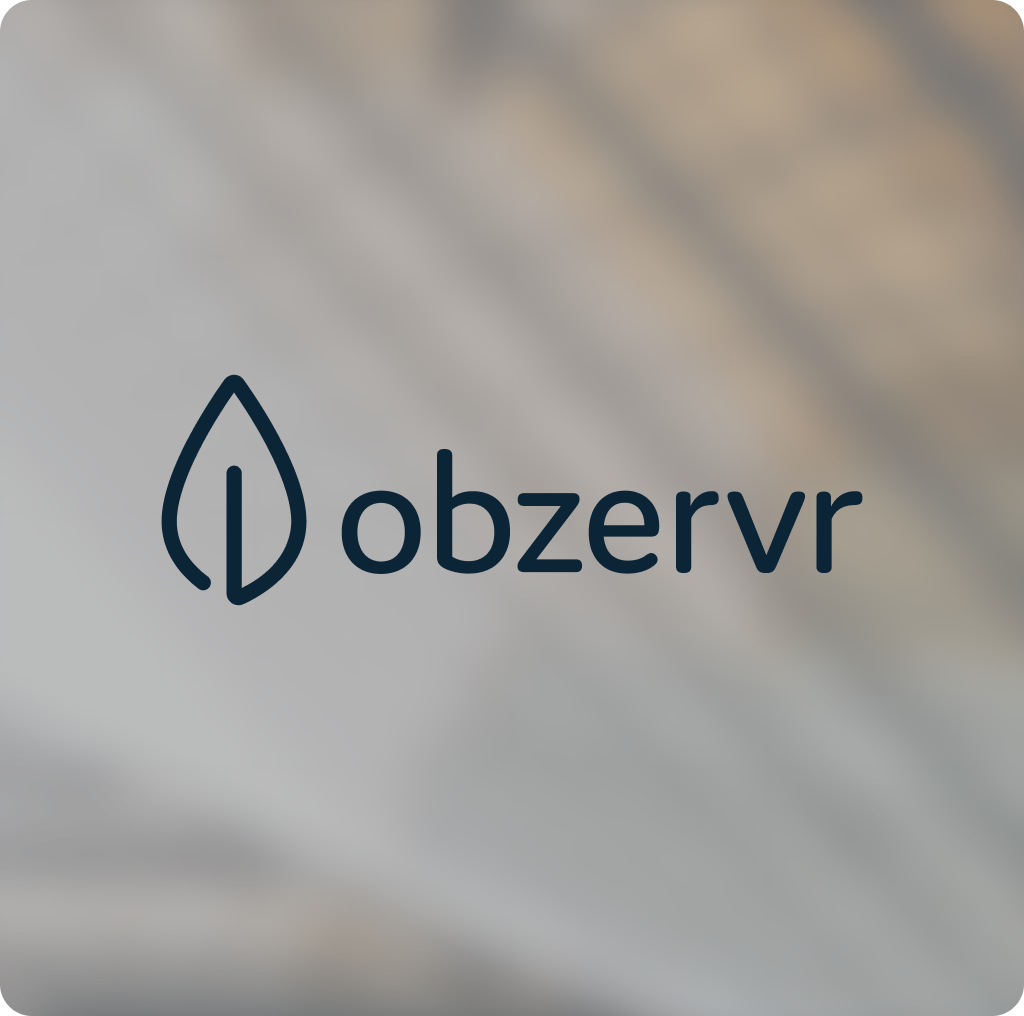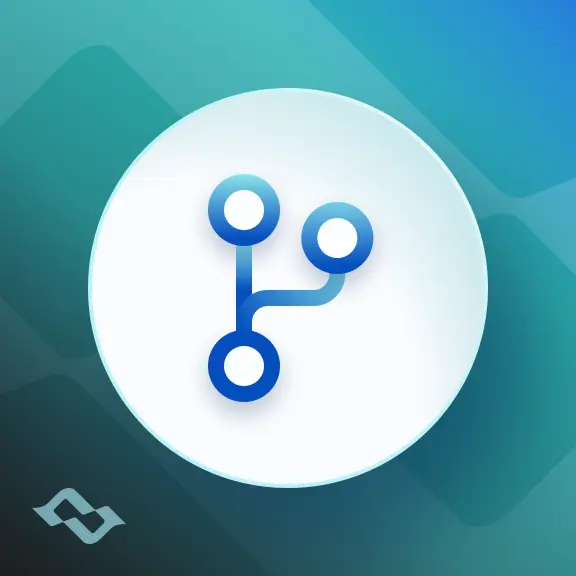Migrating from one software platform to another can feel like changing the engine of an airplane mid-flight. Whether you’re planning a Jira data migration, moving from Azure DevOps to Jira, or migrating from ServiceNow to Jira, it’s a high-stakes, high-impact transition that demands more than just good intentions. You need a solid software migration plan template.
This article is your companion through that process—a no-fluff, experience-backed software migration plan template that helps companies like Lufthansa, Q-Free, and Konica Minolta move data safely and keep teams on track. And yes, we’ve included a downloadable software migration worksheet to make it actionable.
Why Software Migrations Need a Strategic Timeline
Let’s get one thing straight: a successful data migration doesn’t happen in a week. Based on hundreds of real-world data migration projects, we recommend allocating around three months for a full migration plan. That timeline includes:
- Initial software migration planning and scope alignment
- Tool preparation and configuration
- Test data migrations using sample data
- Execution of the data transfer
- Transition and post-migration support
This isn’t just about moving data—it’s about protecting data integrity, minimizing business disruption, and ensuring the entire process results in a successful transition.
1. Understand the Migration Process: The Five Key Phases
✅ Stakeholder Alignment
Start with a conversation. What’s getting migrated, and why? Bring IT, operations, and business units into one virtual room to align on the scope of the migration project. Being on the same page early on prevents costly delays.
✅ Tool Preparation
Azure DevOps, Jira, ServiceNow, Monday.com, Zendesk—each has unique data structures and workflows. Take time to assess the technical aspects of each system. Understanding their differences is essential for software migration planning.
✅ Migration Testing
Use a test environment to run trial migrations. These runs help verify functionality, ensure data quality, and detect issues early. Testing is one of the most critical stages of your data migration journey.
✅ Migration Execution
After verifying your setup, perform the live data migration. Be sure to allocate resources and set performance benchmarks during this step to monitor the effectiveness of the migration strategy.
✅ Transition Period
Even a successful data migration leaves room for adjustment. Run old and new systems in parallel or provide enhanced support for 2–4 weeks to ensure a smooth transition.
2. Map Your Projects, Types, and Fields
Every data migration plan starts with mapping. Most tools are project-based, so define your migration project list early. Then:
- Map issue types (e.g., Incidents, Work Items, Issues)
- Identify required fields in the target systems
- Align legacy systems with the new environment
Use our worksheet to guide your software migration plan template and avoid data loss.
3. Field Mapping: What to Transfer (and What to Skip)
Transferring data doesn’t mean copying everything. Migrate data that matters most:
- Core fields: title, description, assignee, reporter
- Metadata: labels, tags
- Communication: comments, attachments
- Custom fields and business processes
Validate that the new system includes or can accommodate all required fields to protect data integrity.
4. Use Smart Labels to Scope the Migration
Applying labels like Migration-2025 helps structure the migration project:
- Clarify what data is being migrated
- Reduce irrelevant or outdated content
- Streamline progress tracking and issue resolution
Labels also help during future data migrations by creating a clear audit trail.
5. Define the Timeframe for Data Transfer
Early in the software migration planning process, decide how much of the existing data to move. Questions to consider:
- Do you need everything from 2020 to today?
- Should you only migrate active projects?
- What level of historical data is useful?
Limiting data transfer reduces complexity and keeps your new environment lean.
6. Post-Migration Testing: Validate What’s Moved
Post-migration testing is critical. Use a migration checklist to verify:
- Are all records complete?
- Are fields accurate?
- Did relationships between records (like parent/subtask links) hold?
This phase ensures data quality, avoids data loss, and sets up successful future data migrations.
7. When to Call in the Experts
Sometimes a DIY software migration plan just isn’t enough. If you’re handling sensitive data, complex business operations, or ERP migration, consider bringing in a migration team.
Professional support includes:
- Planning your migration strategy
- Setting up secure data backup
- Managing the production environment
- Handling cross-functional representatives

Ready to Start Your Software Migration Plan Template?
Download our free software migration worksheet to guide your data migration project:
With the right migration checklist, planning, and support, even complex processes can feel achievable.






















